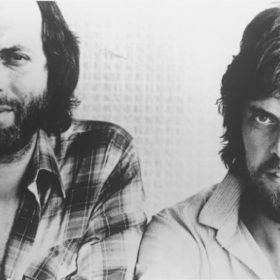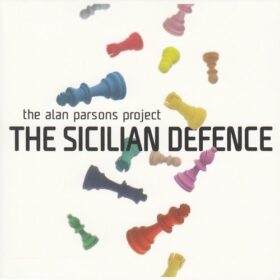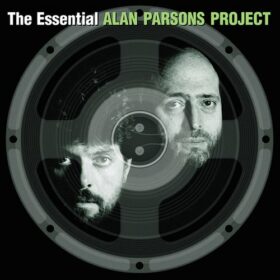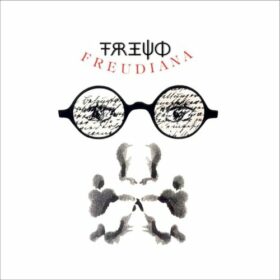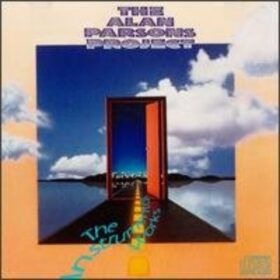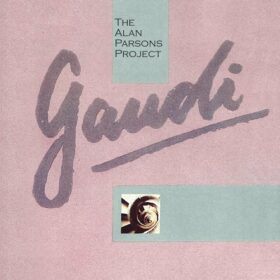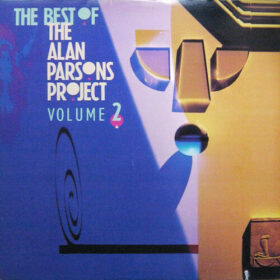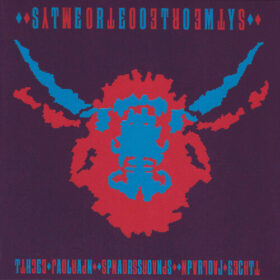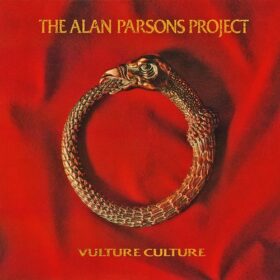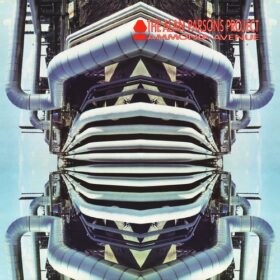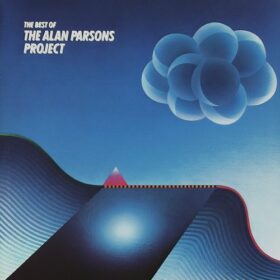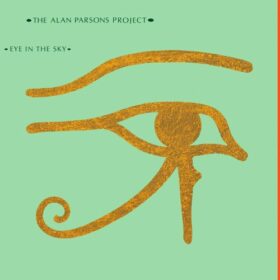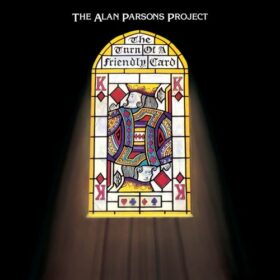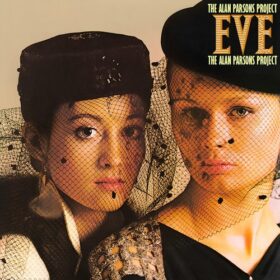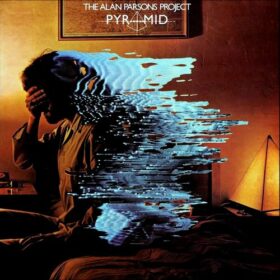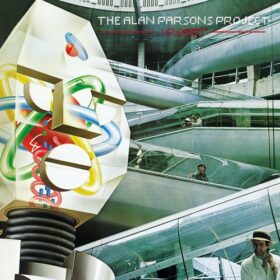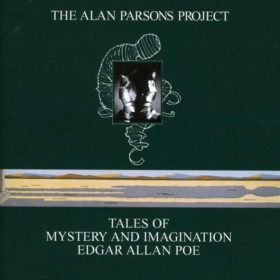The Alan Parsons Project was the collective reference to several lineups of a British progressive rock band, active between 1975 and 1990, whose rosters consisted of Alan Parsons and Eric Woolfson surrounded by a varying number of session musicians...
Read more
Genres: International Rock, Progressive Rock, New Wave
The Alan Parsons Project was the collective reference to several lineups of a British progressive rock band, active between 1975 and 1990, whose rosters consisted of Alan Parsons and Eric Woolfson surrounded by a varying number of session musicians and some relatively consistent band members such as guitarist Ian Bairnson, arranger Andrew Powell, bassist and vocalist David Paton, drummer Stuart Elliott, and vocalists Lenny Zakatek and Chris Rainbow.
Behind the revolving line-up and the regular sidemen, the true core of the Project was the duo of Parsons and Woolfson. Parsons was an audio engineer and producer by profession, but also a musician and a composer. A songwriter by profession, Woolfson was also a composer, a pianist, and a singer. Almost all songs on the Project’s albums are credited to “Woolfson/Parsons”.
Alan Parsons met Eric Woolfson in the canteen of Abbey Road Studios in the summer of 1974. Parsons had already acted as Assistant Engineer on the Beatles’ albums Abbey Road (1969) and Let It Be (1970), had recently engineered Pink Floyd’s The Dark Side of the Moon (1973), and had produced several acts for EMI Records. Woolfson, a songwriter and composer, was working as a session pianist; he had also composed material for a concept album idea based on the work of Edgar Allan Poe.
When Parsons asked Woolfson to become his manager, he accepted and subsequently managed Parsons’s career as a producer and engineer through a string of successes, including Pilot, Steve Harley, Cockney Rebel, John Miles, Al Stewart, Ambrosia, and the Hollies. Parsons commented at the time that he felt frustrated in having to accommodate the views of some of the musicians, which he felt interfered with his production. Woolfson came up with the idea of making an album based on developments in the film industry, where the focal point of the films’ promotion shifted from film stars to directors such as Alfred Hitchcock and Stanley Kubrick. If the film industry was becoming a director’s medium, Woolfson felt the music business might well become a producer’s medium.
Recalling his earlier Edgar Allan Poe material, Woolfson saw a way to combine his and Parsons’s respective talents. Parsons would produce and engineer songs written and composed by the two, and the first Alan Parsons Project was begun. The Project’s first album, Tales of Mystery and Imagination (1976), which was released by 20th Century Fox Records and included major contributions by all members of Pilot and Ambrosia, was a success, reaching the Top 40 in the US Billboard 200 chart. The song “The Raven” featured lead vocals by the actor Leonard Whiting, and, according to the 2007 remastered album liner notes, was the first rock song to use a digital vocoder, with Alan Parsons speaking lyrics through it.
An unauthorised history of the Alan Parsons Projects was released as an English language book in December 2016, when The Alan Parsons Project — The Eye in the Sky, written by Francesco Ferrua, was published by Arcana. It is a translation of the book, from the same author, originally published in March 2015 in the Italian language.
Genres: International Rock, Progressive Rock, New Wave
